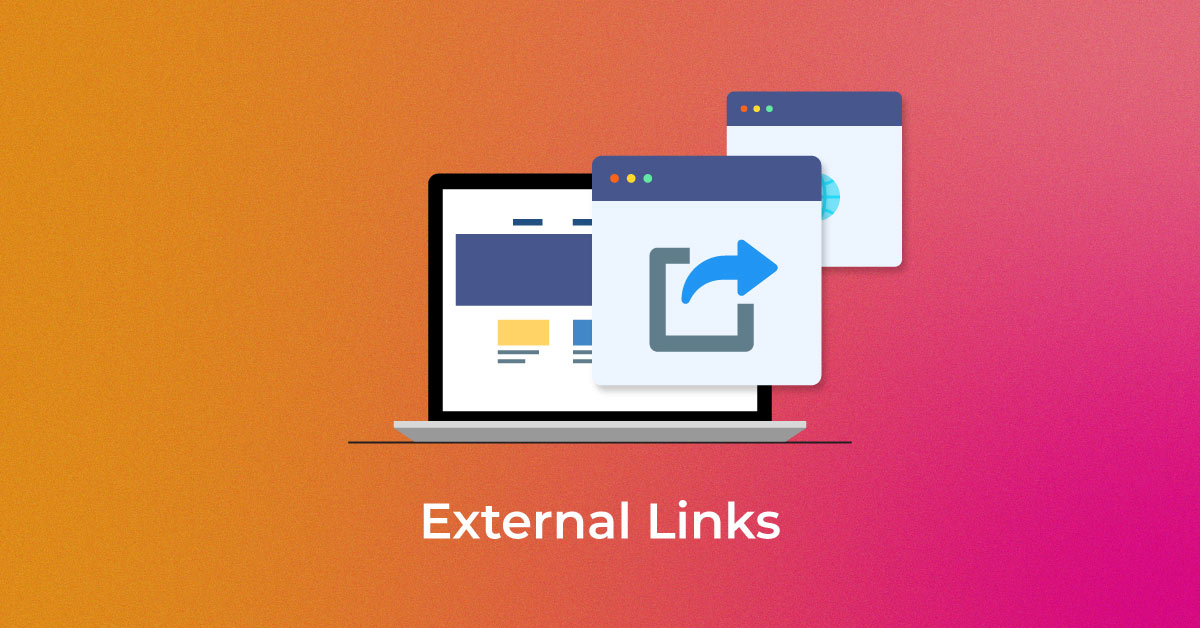The mobile interface of a website is different from its desktop version. Therefore, we need smaller images for mobile websites and vice versa. This arrangement helps improve load times and the website’s overall ranking on search engines.
Developers must code the instructions in the website code to use specifically sized images for a website on different devices. Or else, they can use srcset – a new standard HTML attribute used in conjunction with IMG element.
Srcset can be used to display images of different sizes for different devices without JavaScript or a special code. The srcset attribute can also enhance the user experience on a website and improve search engine positioning.
What is srcset?
Srcset can be defined as an HTML image attribute that enlists different images to be used in different browser situations. The browser chooses only the most responsive images.
Responsive image means the most optimal version of an image in terms of screen size and resolution. For example, the below-mentioned text codes a message for the browser. It explains two situations and their imminent solutions:
- Case 1 – The viewport width is less than 600 pixels: The browser should load a 480-pixel wide image.
- Case 2 – The viewport width exceeds 600 pixels: The browser should load an 800-pixel wide image, larger than the first.
<img srcset=”ahrefs-image-480w.jpg 480w, ahrefs-image-800w.jpg 800w” sizes=”(max-width: 600px) 480px, 800px” src=”ahrefs-image-800w.jpg” alt=”Cool ahrefs illustration”
Similarly, you can prompt the browser to choose an image based on the pixel density instead of the size of an image. The prompt would be:
<img srcset=”ahrefs-image-1x.jpg 1x, ahrefs-image-2x.jpg 2x” src=”ahrefs-image-1x.jpg” alt=”Another cool ahrefs illustration”>
What is the Significance of Srcset in SEO?
Page loading speed is an important Page Ranking factor and crucial for SEO. Image size impacts page loading speed as large images have larger sizes. Loading an image of 3000 pixels on a 20 MB phone is no use.
Srcset directs browsers to match the optimal image size with the device characteristics. This helps in saving bandwidth. The page load speed is also improved.
Google considers page load speed as a direct ranking factor in desktop searches, Google ads, and mobile searches. Srcset becomes essential in all these cases.
Best Practices for Responsive Images
Using srcset can provide the best user experience across devices. The srcset feature doesn’t just resize images but also restructures them to optimize them for mobile viewing. The website’s UX, SEO, and loading time are also improved.
Here are a few best practices you can follow while implementing srcset for image optimization.
1. Consult PageSpeed Insights for Recommendations
Google has a free online tool to show the speed field of your pages. It is called the PageSpeed Insights feature. The tool gives suggestions and recommendations on improving your website’s speed when you enter the web page URL.
Some of the common suggestions that the PageSpeed Insights feature from Google provides to developers include the following:
- Updation of the image format for improved compression.
- Sizing the images properly for better load times.
- Employing lazy-loading of off-screen or hidden images to save bandwidth and improve loading speed.
2. For Art Guidance, Use the Picture Element
Developers can use the ‘picture’ element. This feature allows browsers to use device characteristics as a basis for displaying different images of different size versions. The added advantage of this element is that you define images entirely different from the original.
Suppose you want to transition an image from desktop to mobile. However the image’s dimensions, layout, and elements will get distorted if only the size is changed. Enters picture element.
Now you can transform your wide, landscape-mode image into a narrow portrait-mode image for the mobile website. The command would be:
<picture> <source media=”(min-width: 600px)” srcset=”ahrefs-image.jpg, ahrefs-image-2x.jpg 2x”> <img src=”ahrefs-image.jpg” alt=”cool illustration”> </picture>
The ahrefs-image.jpg or ahrefs-image-2x.jpg will appear in the size of 600 pixels. The size would depend on the pixel density of the device. In case the width of the screen is less than 600px and when the device doesn’t support the picture element, the ‘img’ element is rendered instead.
Conclusion
Srcset HTML attribute is a great way to optimize your images and site for Google images. Srcset image attribute adds context to images in the form of alt attributes and structured data markup that help better the discovery process.
Use srcset to make pages for users and not for search engines. Base your site content on Google guidelines to increase its likelihood of appearing in the search results.
Popular Searches
How useful was this post?
0 / 5. 0














